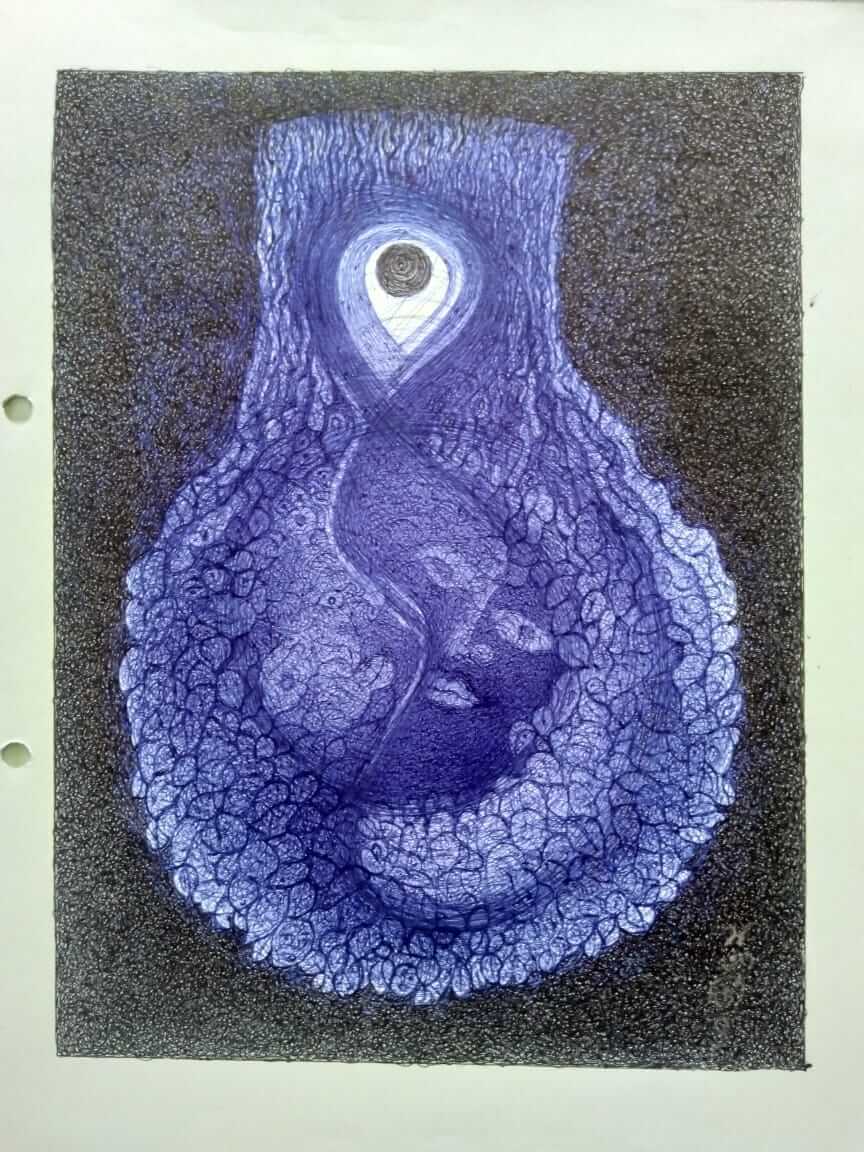Mapping the Hindu consciousness, Krishna elucidates how Hindu temples are haven and natural homes for large numbers of animals. In the first part that appeared last week, she told us how birds and animals have been a part of the Hindu iconography. In this column, she tells us that the reverence for the animal world is not just theoretical, a mere lip service. She takes us through some of the old temples of Odisha that are homes to birds and animals. Not loud preaching but simple, kind acts of kindness speak louder than words. Here’s an interesting account exclusively for Different Truths in her weekly column.
The reverence towards animals are so strong in the Hindu consciousness that temples have become a haven and a natural home for animals.
 Hinduism manages bio-diversity in its own unique way, which is unparalleled. It’s not found elsewhere in the world. In fact, these are so natural and commonplace that we in India are habituated to see it. The space for animals in temple is often overlooked by the people, including the intellectuals. We often look to west for learning how to protect animals. They have recently started to manage biodiversity in a need driven way to fight the Climate change, but the intrinsic love and respect for animals are not profound there.
Hinduism manages bio-diversity in its own unique way, which is unparalleled. It’s not found elsewhere in the world. In fact, these are so natural and commonplace that we in India are habituated to see it. The space for animals in temple is often overlooked by the people, including the intellectuals. We often look to west for learning how to protect animals. They have recently started to manage biodiversity in a need driven way to fight the Climate change, but the intrinsic love and respect for animals are not profound there.
In fact, Hindu temples play a key role for the protection and preservation of animals. In India, many temples, especially the ones built long ago, give shelter to animals like mice and rats, bulls, cows, bats, pigeons, parrots, tortoises, snakes, etc. Birds and animals live in these temples in great peace!
Most of these temples draw large crowds, but the animals are accepted and revered there as creatures of God. For example in Odisha, India, some of the temples that provide refuge to animals are:
Hundreds of pigeons and parrots live in Sri Jagannatha Temple, Puri. These birds fly and flutter over the head of the Lord. They are loved by the Pandas (priests) and are offered food. There are countless monkeys that prance and play on the trees of the temple. They are very friendly to visitors. The only expectation being bananas and some other fruits that these monkeys love. In the Puri temple, devotees feed fruits, nuts, berries and black grams to the monkeys. No one tries to shoo them away. The monkeys, well fed, also allow the devotees to move around the temple in peace. This is an example of peaceful co-existence of man and animal, sharing the same space with love and mutual understanding.
Same things happen in the Harisankar Temple of Balangir and Narsingnath Temple in Bargarh districts. These temples are amidst the forest and natural waterfall. Monkeys move freely there and devotees offer them fruits. Even nuts and berries are sold near the temple so that visitors to temple may buy these and offer to the monkeys – a total amazing relationship between man and animal fostered by the faith in God.
The Champeswar Temple in Puri district, in Champeswar village, is home to giant tortoises. More than two hundred tortoises live in the temple tank for last one thousand years! The Maneswar Temple, in Sambalpur district, is also a home for the tortoises. Very big tortoises are live in the temple tank for a very long times – unknown number of years.
The Astasambhu (Shiva) Temple at Gaisama, Bargarh district, is a home to the bats, the nocturnal creatures, since hundreds of years. Thousands of bats live on the trees of the temple there.
The Human Shiva Temple, in Sambalpur district, is a natural home for Kudo fishes. Fishes play and frolic freely, fully secured in the temple tank, and devotees offer them Prasad (edible offerings sanctified by Gods) too.
The Nilji Astasambhu Temple, at Bhatli, Bargarh district, has been keeping herons naturally with love and care. They are a splendid sight for the visitors.
The Ambabhona Temple, in Bargarh district, is a Shiva temple. It helps the fishes to flourish.
Pigeons live in the Deogaon Astasambhu Temple.
The conservation of birds and animals is a natural phenomenon to the Hindu mind. It teaches a great lesson to the people to share space with animals with love and care, and accept them as a part of their life. All this is done effortlessly, without loud preaching. The simple act of loving kindness speak louder than thousands of words.
©Dr. Krishna Hota
Pix from Net.







 By
By
 By
By
